Dr. Roopali talks about war memorials around the world, tributes to the unknown soldier at various places. An exclusive for Different Truths.

I was born in New Delhi in a military family. Raised in various converted British barracks and government housing in Lutyens’ Delhi, my childhood unfolded in the inspiring neighbourhood of the India Gate War Memorial, built by the British, in 1921. Exactly a hundred years ago, this year. It is my earliest most magnificent iconic memory.
Constructed and located on Rajpath, once called Kingsway, India Gate is a memorial to 90,000 soldiers of the British Indian Army. Soldiers who died in World War-I in France, Flanders, Mesopotamia, Persia, East Africa, Gallipoli, the Far East, and in the Afghan Wars. The monument mentions over thirteen thousand names. The structure evokes the architectural style of the Arc de Triomphe de l’Étoile, in Paris. Each slab carries the name of a soldier. Several warriors from my spouse’s long line of generational soldiers are mentioned here. It is overwhelming indeed.
Amar Jawan Jyoti Inaugurated
On January 26, 1972, Prime Minister Indira Gandhi inaugurated the sacred Amar Jawan Jyoti under the canopy of India Gate. This sacred structure of black with an inverted rifle capped with a war helmet and bound on all sides by four eternal flames, commemorates the immortal soldier.
Now, for the first time since its Independence, India has a National War Memorial.
That is the majestic India Gate. Now, for the first time since its Independence, India has a National War Memorial. This is a national monument built to honour and remember soldiers of the Indian military who fought in the armed conflicts of independent India. Situated in the heart of New Delhi it is an intense architectural record. Gold lettered names of all of India’s martyred soldiers adorn the vast wall. An eternal flame represents a grateful nation.
A few years ago, a young student at the University of Cambridge had silently held a tray with poppy badges. She stood on the pavement opposite Trinity Hall. It was Remembrance Day. A day observed on 11 November to recall the end of World War-I hostilities. The hostilities formally ended “at the 11th hour of the 11th day of the 11th month” of 1918, in accordance with the armistice signed by representatives of Germany and the Entente.
Raising Funds for Veterans
The student was raising funds for veterans and letting the poppies remind us of the deeds done. I placed one pound sterling on the tray. I picked up the red poppy brooch and pinned it to my coat lapel. I was instantly transported to another time and another clime. Poppies are enduring symbols of services rendered to the country.
I recalled then the iconic poem, written in 1915 by a Canadian military physician, Lt. Col. John McCrae:
In Flanders Fields
In Flanders Fields, the poppies blow
Between the crosses, row on row,
That mark our place; and in the sky
The larks, still bravely singing, fly
Scarce heard amid the guns below.
We are the dead. Short days ago
We lived, felt dawn, saw sunset glow,
Loved and were loved, and now we lie,
In Flanders fields.
Take up our quarrel with the foe:
To you from failing hands we throw
The torch; be yours to hold it high.
If ye break faith with us who die
We shall not sleep, though poppies grow
In Flanders fields.The next day, as I was being driven to London … I saw poppies everywhere.
The next day, as I was being driven to London in a black Ferrari Speciale, I saw poppies everywhere. The Ferrari driver was my Welsh-Bangladeshi friend. A highly successful doctor and entrepreneur who enjoys her freedom to be one of the few women supercar owners in the world. I mention this because I believe we also owe our personal freedoms to the soldier. The poppies spilled over.
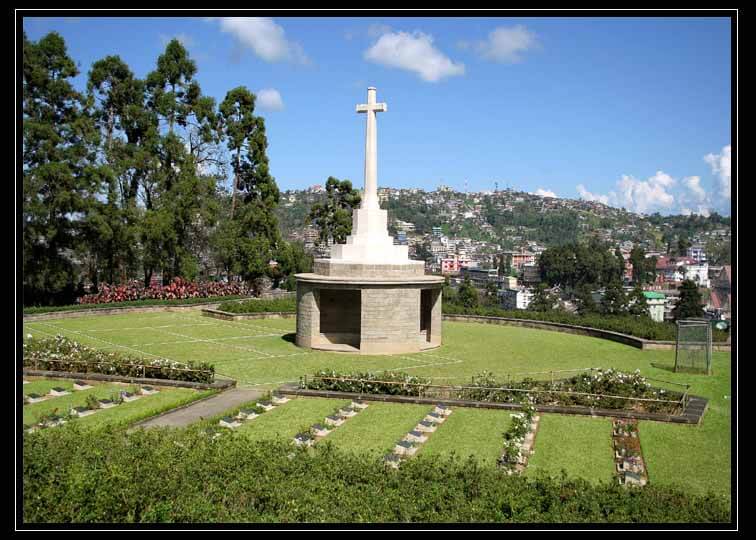
My mind flew to the most evocative epitaph at the Kohima War Cemetery in Nagaland, India. The epitaph is carved on the memorial of the 2nd British Division. Established in 1946, the memorial is dedicated to these soldiers of the Allied Forces who died there. The epitaph reads:
When You Go Home, Tell Them of Us and Say,
For Your Tomorrow, We Gave Our Today
History attributes this verse to John Maxwell Edmonds (1875-1958). It is said to have been inspired by the epitaph written by Simonides to honour the Greeks who fell at the Battle of Thermopylae in 480 BC.
The Battle of Kohima
Kohima lies in the hills in the northeastern part of India. The Battle of Kohima proved to be a bloody turning point of the Japanese U-Go offensive into India in 1944 during World War-II. More than a thousand British soldiers lie buried here. More than 900 Hindu and Sikh soldiers were also killed.
Every country in the world honours its soldiers by building memorials.
Every country in the world honours its soldiers by building memorials. They do it to acknowledge the supreme sacrifice of laying down one’s life for one’s country. When visiting the United States, I remember seeing people walking up to soldiers and veterans to greet them with, “Thank You for your service.”
In India, there is instant respect for the soldier in his village or community. This must be true elsewhere too, I believe. As we drove through Arlington near Washington DC, capital city of the United States, we saw a carriage carrying a stars and stripes flag draped coffin. It moved slowly. Cyclists and joggers and cars stopped in reverence. We stopped too. To this day I remain moved as I remember that moment. That is when I heard my five-year-old grandson mutter, “Thank you for your service!”
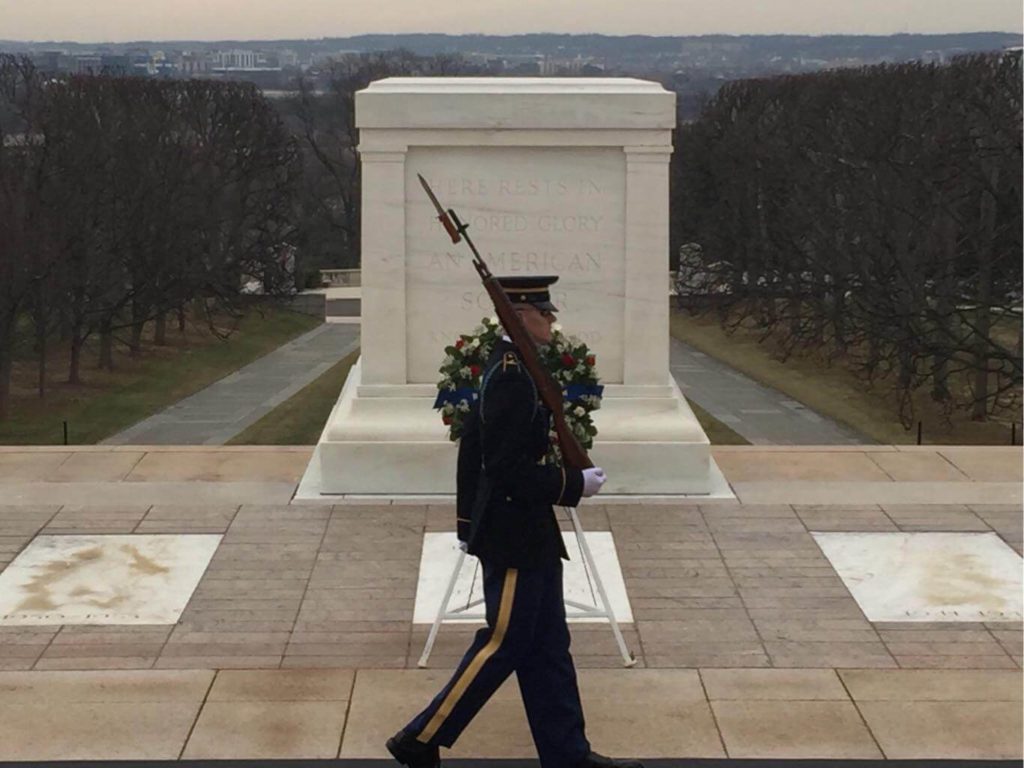
Arlington National Cemetery
Rows and rows of stones mark soldiers laid to rest at Arlington National Cemetery – “to bring home the body of an unknown American warrior who in himself represents no section, creed, or race in the late war and who typifies, moreover, the soul of America and the supreme sacrifice of her heroic dead.”
The Tomb of the Unknown Soldier is Arlington National Cemetery’s most well-known memorial.
The Tomb of the Unknown Soldier is Arlington National Cemetery’s most well-known memorial. Since 1921, the white marble sarcophagus has stood atop a hill overlooking Washington, D.C. It is the final resting place for the United States’ unidentified World War-I service members, and unknown soldiers from later wars. The Tomb has also served as a place of mourning and a site for reflection on military service.
Here through rain, hail, snow or sunshine, 24 hours a day, 365 days a year, the “Tomb Guards” of a special U.S. Marine Corps unit keep vigil. We had the opportunity to witness the emotionally symbolic sight of the changing of the guard ceremony. Every military ritual has its deep meaning full of poignancy. The Tomb Guards hold their rifle in a particular ritualistic manner to demonstrate the protection offered to the soldiers who now rest in peace forever.
“Your name is unknown, your deed immortal. Here rests in honoured glory an American soldier known but to God.” Franklin D Roosevelt, 32nd President of the United States.
Alexander Gardens, Moscow
Meanwhile, in the heart of Moscow at the Alexander Gardens right beside the Kremlin’s walls burns the eternal flame to the Unknown Soldier. It issues from a five-pointed Russian star carrying the remains of an unknown soldier killed in the battle of Moscow, in 1941. If you wait around a bit, you will see brides and grooms in their finery arriving. Soon you will find them circling the memorial. A gesture of gratitude for those who laid down their lives so that others can live in peace. It is an honoured tradition for newlywed couples to place flowers at the tomb.
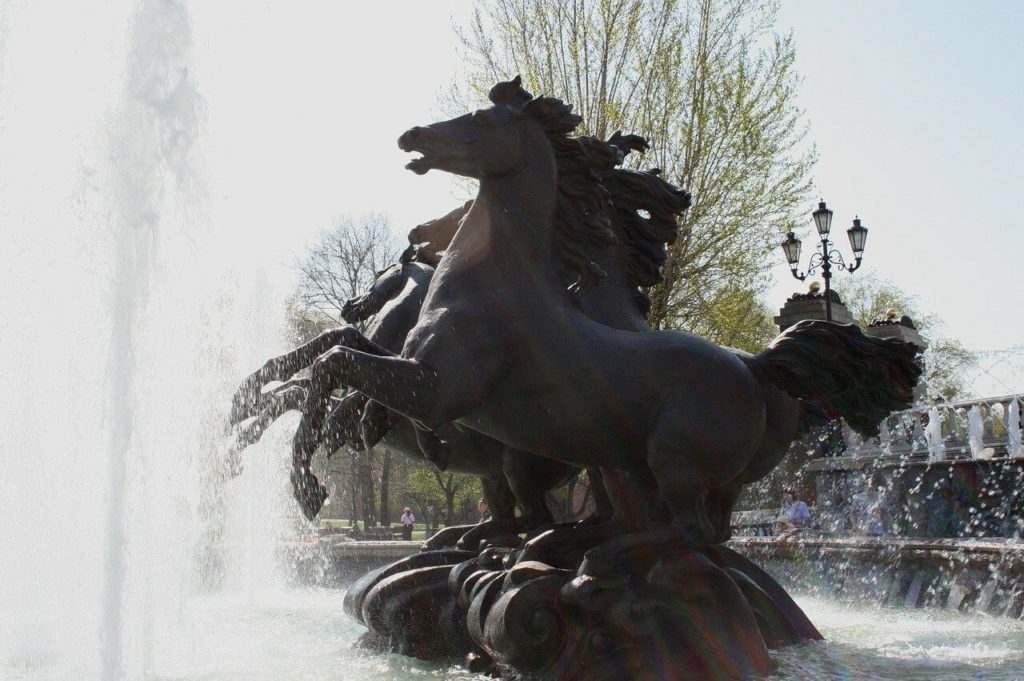
War memorials pay tribute to the bravery and courage of soldiers who die for their country.
War memorials pay tribute to the bravery and courage of soldiers who die for their country. But to the more discerning they are also commemorating war. The reality of war is brutal and devastating. The glory attached to it has elements of the gory. Many poets and writers have written of their personal experience of war and condemned the glorification which sends our young people to their certain death. Wilfred Owen, WH Auden, Louis MacNeice, and Siegfried Sassoon.
Jayanto Mahapatra in Dhauli condemns King Ashoka for the bloody battle that cured him of blood and gore. His repentance is not enough, the poet says. Generations have been destroyed for which he can do nothing.
Siegfried Sassoon’s, At the Cenotaph, (1919) is a telling critique. A bizarre picture of Satan praying to God.
At the Cenotaph
I saw the Prince of Darkness, with his Staff, Standing bare-headed by the Cenotaph: Unostentatious and respectful, there He stood, and offered up the following prayer. 'Make them forget, O Lord, what this Memorial Means; their discredited ideas revive; Breed new belief that War is purgatorial Proof of the pride and power of being alive; Men's biologic urge to readjust The Map of Europe, Lord of Hosts, increase; Lift up their hearts in large destructive lust; And crown their heads with blind vindictive Peace.' The Prince of Darkness to the Cenotaph Bowed. As he walked away, I heard him laugh.
In Wilfred Owens Dulce et Decorum Est written during WW-1, he describes the terrible conditions of war and concludes by saying don’t go back and tell your children this lie that it is great and good to die for your country.
Kargil War Memorial
Yet, high up in the mountains in India where the winds chill your bone is Dras. The second coldest inhabited place on earth after Oymyakon, Russia. The Kargil War Memorial is also known as the Dras War Memorial. It was built by the Indian Army in pink sandstone. It commemorates the soldiers of the Indian Army who lost their lives in the Kargil War in 1999. Great acts of courage were performed on those horrific days.
Not long after the Kargil War ended, in 1999, I walked cheerfully into my children’s school and stopped dead in my tracks.
Not long after the Kargil War ended, in 1999, I walked cheerfully into my children’s school and stopped dead in my tracks. Four young men looked back at me from photographs lined up on the walls in the school’s lobby. Former students. Smiling faces in olive green uniforms. They had joined the Indian Army. They had happily given their todays for our tomorrows.
What is it that makes a soldier die for the glory of his or her country?
I couldn’t walk another step.
Tears had choked my throat.
Visuals sourced by the author
Feature Photo by shalender kumar on Unsplash

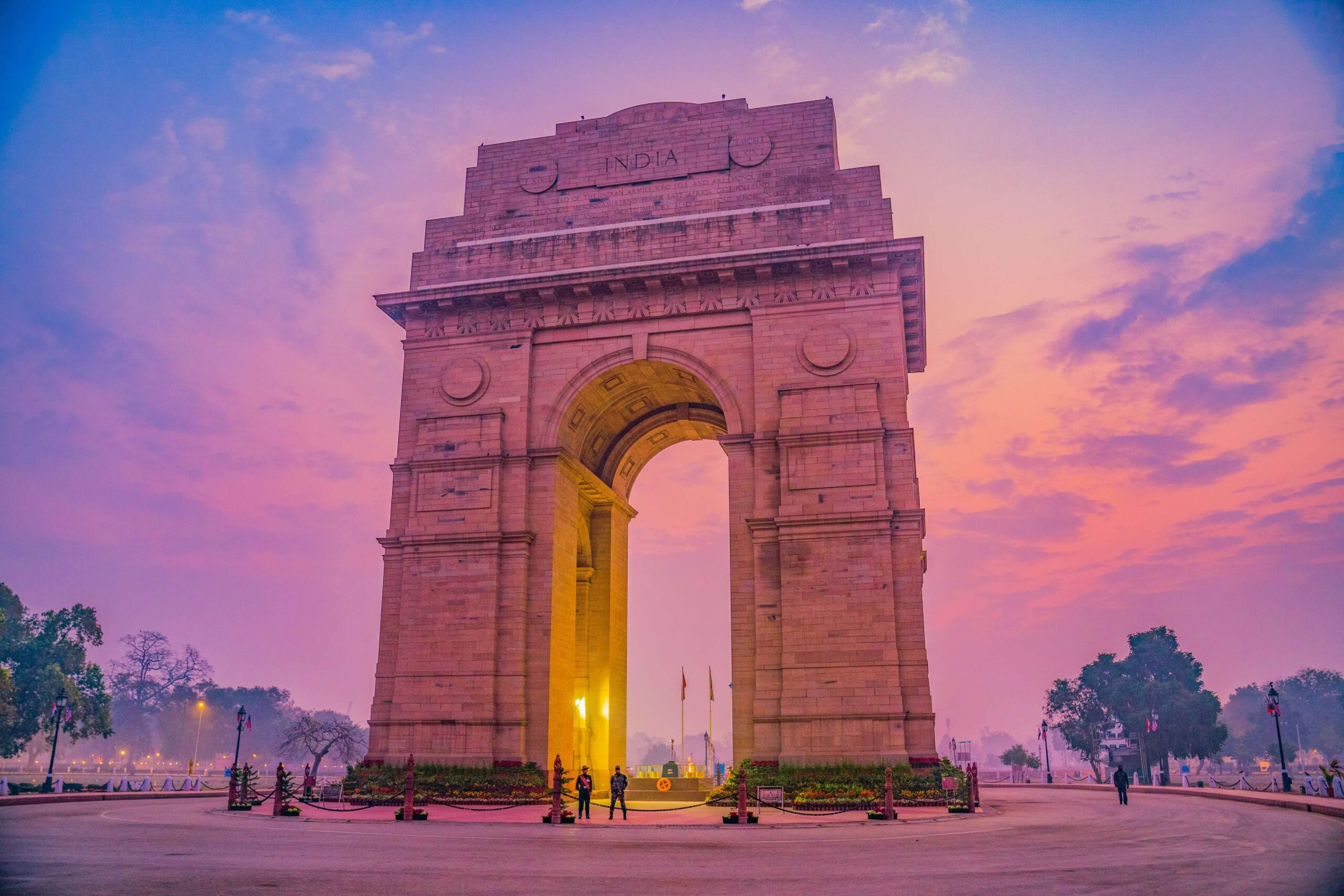


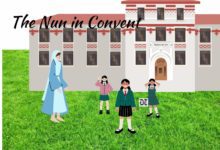

 By
By
 By
By

 By
By
A beautiful and poetic tribute from the heart of one whose connection with the soldiers is deep, intense and emotional
Brought feeling of surrender to soldiers, saviours of humanity. Visiting war memorial is a poignant moment. In complete gratitude to these divine men in uniform. Brilliantly portrayed by Dr Roopali in her very exclusive style connecting hearts.
Rupali Madam coming from a military family and background, has amazingly echoed the feelings of the brave and courageous soldiers across the globe ” who had happily given their today’s for our tomorrows”.The excellently articulated article is a befitting tribute to the soldiers who have endured so much. “In the Flanders field the Poppys blow” so beautiful and meaningful poetry very well intermingled with her own experience of the visit to the war memorials. Overall a wonderful read.
The war memorial is a touch of the thoughtful walkthrough to the past remembering the soldiers who left us the present. A sublime tribute.